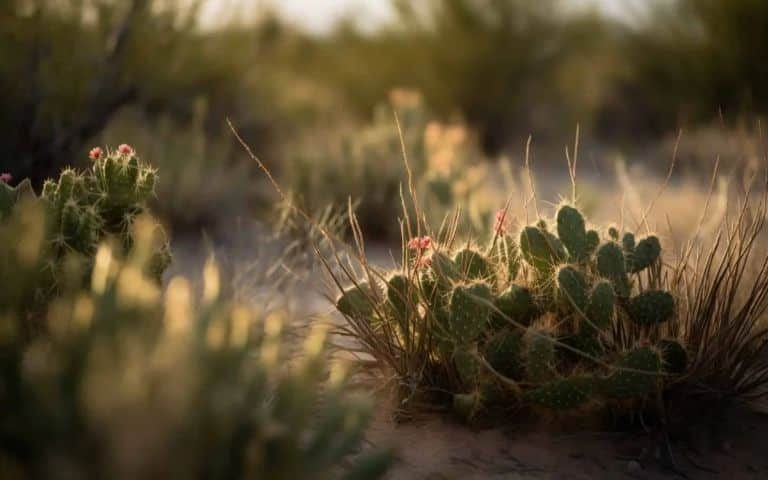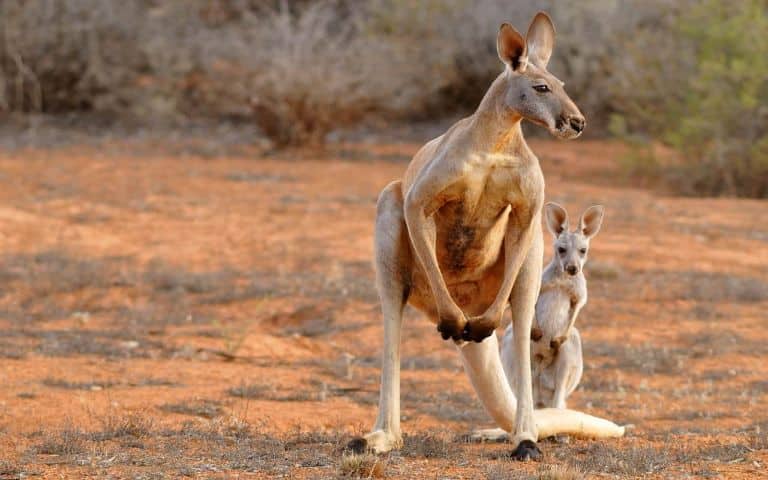
Preparation is Key
Before venturing into the desert, it is crucial to be prepared. Gather all the necessary gear, such as a sturdy backpack, lightweight clothing, and a wide-brimmed hat to protect yourself from the sun. Carry enough water bottles or hydration packs to sustain you throughout your journey. Familiarize yourself with navigation techniques and bring a reliable compass and map of the area. Develop essential survival skills like finding shelter and identifying edible plants or animals. Ensure you have emergency communication devices like a satellite phone or an emergency beacon.
Finding Potential Water Sources
There are several potential water sources in the desert that you can look for.
River Beds and Dry Streams
Dry riverbeds, also known as wadis, can hold hidden pockets of water that have seeped beneath the surface. Animals in the desert often rely on these sources, so their behavior can be a clue to their location.
Oases
Oases are areas where water naturally reaches the surface, typically due to underground aquifers or springs. These pockets of water support plant life and have been crucial for human settlement and survival in desert regions.
Waterholes
Waterholes are hidden oases that offer a refreshing respite for wildlife and travelers. They provide a vital source of hydration in the desert and serve as crucial habitats for various species.
Wells
Some desert regions have natural underground aquifers or water reservoirs that can be accessed through wells. These wells can provide a consistent and reliable water source for both humans and animals.
Canyons and Valleys
Canyons and valleys in desert environments can often be good places to search for water. Water runoff from higher elevations can collect and flow through these depressions, creating temporary streams or pools.
Rocks
Moisture in the air can condense on the cool surfaces of rocks during cooler nighttime temperatures in the desert. While this moisture is not a significant water source, it can be collected and provide a small amount of hydration in survival situations.

Sand Dunes
Digging a deep hole in a sand dune may reveal damp sand or slightly moist soil beneath the surface. This moisture could be collected and purified for drinking.
Signs to Look For
When trying to find water in the desert, there are several vital signs you should look for.
Find vegetation
Observing plant life types and density in a particular area can indicate the presence of water sources. Desert plants have evolved specialized adaptations to survive harsh conditions, such as deep root systems that tap into underground water reserves.
Recognize riverbeds and low-lying areas
Dry riverbeds and low-lying areas are vital for finding water in arid regions. They can indicate the presence of water during rainy seasons and retain moisture for longer periods.
Use animal behavior and tracks
Animal behavior can provide clues about the presence of water sources nearby. Look for signs such as birds flying low or circling overhead and track footprints or droppings that might lead to hidden water sources.
Dig for moisture in shaded areas
Digging in shaded areas increases your chances of finding underground springs. Look for signs such as damp soil or green vegetation that indicate the presence of water beneath the surface.
Construct and use a solar still
A solar still uses the sun's power to collect and condense water vapor from the air. To construct your own solar still, dig a hole in the ground and place a container in the center. Cover the hole with plastic wrap, and as sunlight heats up the ground, water evaporates from soil and vegetation, condenses on the plastic wrap, and drips into the container.
Harvest rainwater
Capture and store rainwater for later use. Various filtration methods are available to ensure the water is safe for consumption.

Utilize dew and cactus
Collect dew using absorbent materials like cloths or grass. Certain types of cacti store water within their tissues, which can be accessed by carefully cutting or puncturing the cactus.
If all else fails, find high ground
Climbing higher elevations can increase your chances of locating water. Watch for signs such as vegetation or animal tracks that may indicate the presence of water sources nearby.
Staying Safe in the Desert
Once you've found a water source, take specific precautions to ensure your safety. Purify the water before drinking, consume water in small sips, and protect—————————————————————————————————————————————————————————————–
By: thepreppingguide
Title: How To Find Water In The Desert: A Survival Guide
Sourced From: thepreppingguide.com/how-to-find-water-in-the-desert/
Published Date: Thu, 21 Sep 2023 06:45:02 +0000


